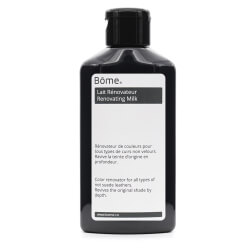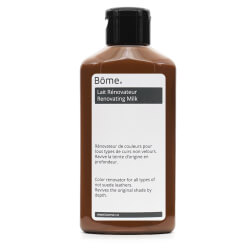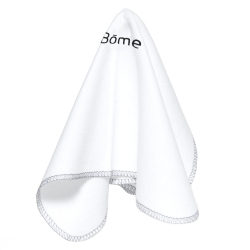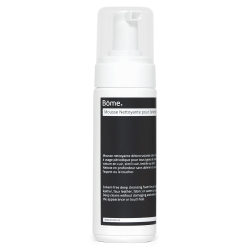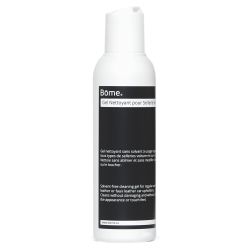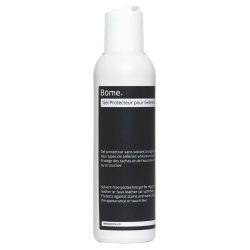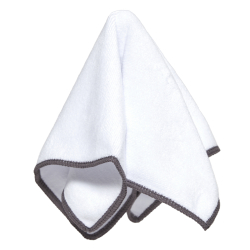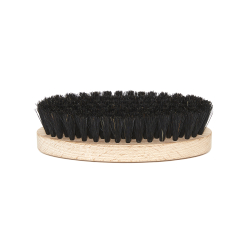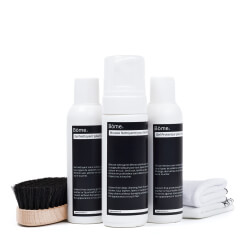Cleaning and protecting your car's leather
The products can be applied to all areas with leather in your car.
In this lesson, we explain how to use leather care products to maintain and protect your car upholstery.
The products used are from the Bōme car care range.
Introduction
The leathers used inside cars are different from the leathers we find in the world of shoes or leather goods.
In the vast majority of cases, they are pigmented leathers. These leathers are covered with a covering dye that forms a film that makes the surface waterproof and resistant to aggression.
The objective for this type of leather is to succeed in cleaning and protecting it without damaging the surface, which cannot be repaired, and above all without changing its appearance.
Other leather finishes, such as natural or aniline, do not have this film. It is therefore possible to clean that type of leather with cleaning products that penetrate the leather to nourish it and protect it from damage.
This type of leather is more common on older cars and in the case of specific upholstery such as Nappa leather interiors.
To distinguish between these two types of leather spread a drop of water with your finger and see if :
- The leather absorbs quickly (less than 2 seconds): it is a natural leather, aniline or semi-aniline.
- The leather does not approach or very slowly (more than 10 seconds): it is a pigmented leather.
We have chosen to offer a range of products and a routine suitable for all these types of leather used in your cars, allowing them to be cleaned, maintained, and protected without the risk of damaging them or making them greasy or shiny.
Clean (With the Gel)
It is possible to use 2 different types of products to clean leather: the cleaning gel or the scrubbing foam.
For regular cleaning, which is simple to accomplish, we recommend the use of the cleaning gel.
After dusting the surface with your cleaning brush, take a small amount of cleaning gel from your polishing cloth and apply it to your leather. There are two steps to this process:
- Start by applying the gel and massaging it into the leather to dissolve as much of the stains and other dirt as possible. The gel will start to pick up all the dirt.
- In the second step, massage with more pressure to remove the dirt residue from the surface. The gel will finish mixing with the dirt.
The absorbent property of the chamois allows the gel/dirt mixture to be absorbed and leaves the surface perfectly clean.
Leather that was shiny due to time or the use of the wrong products is now matt finish and soft to the touch.
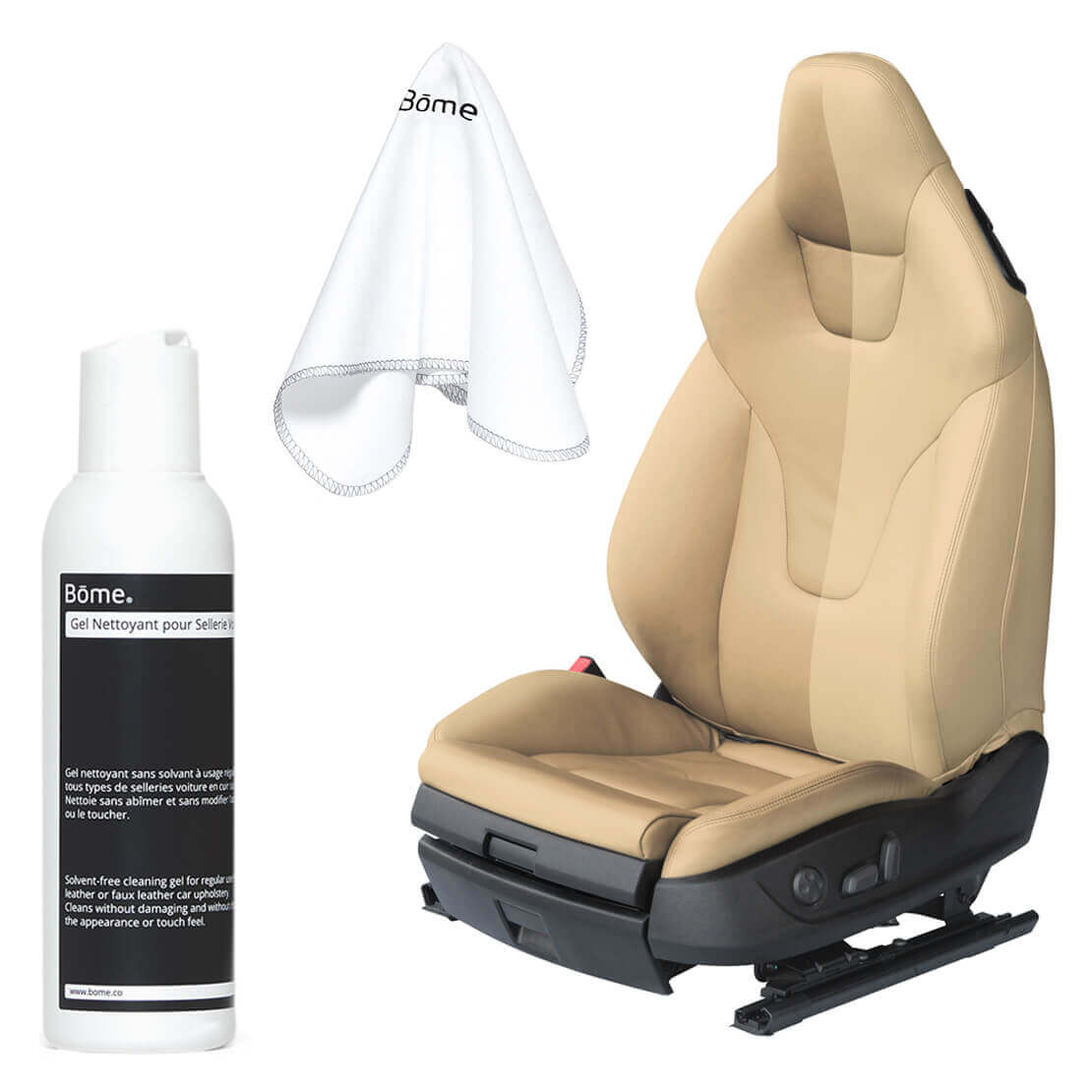
Clean (With the Foam)
For deep cleaning, we recommend the use of scrubbing foam.
After dusting the surface with your cleaning brush, apply the foam directly to your brush and then brush the leather as if shampooing.
The foam will detach all the accumulated stains and dirt and mix with it. The foam should change from white to a darker color, which is a sign that the product is capturing all the dirt.
As the brush is made of boar bristle and the foam is free of solvents, you can brush vigorously without damaging the surface.
When the foam no longer changes color, use the wiping towel to remove the foam and leave the leather perfectly clean. This foam is formulated so that it does not need to be rinsed. Using your highly absorbent wiping towel will remove all of the product.
Leather that has become shiny through time or the use of the wrong products will be restored to a soft, matt finish.
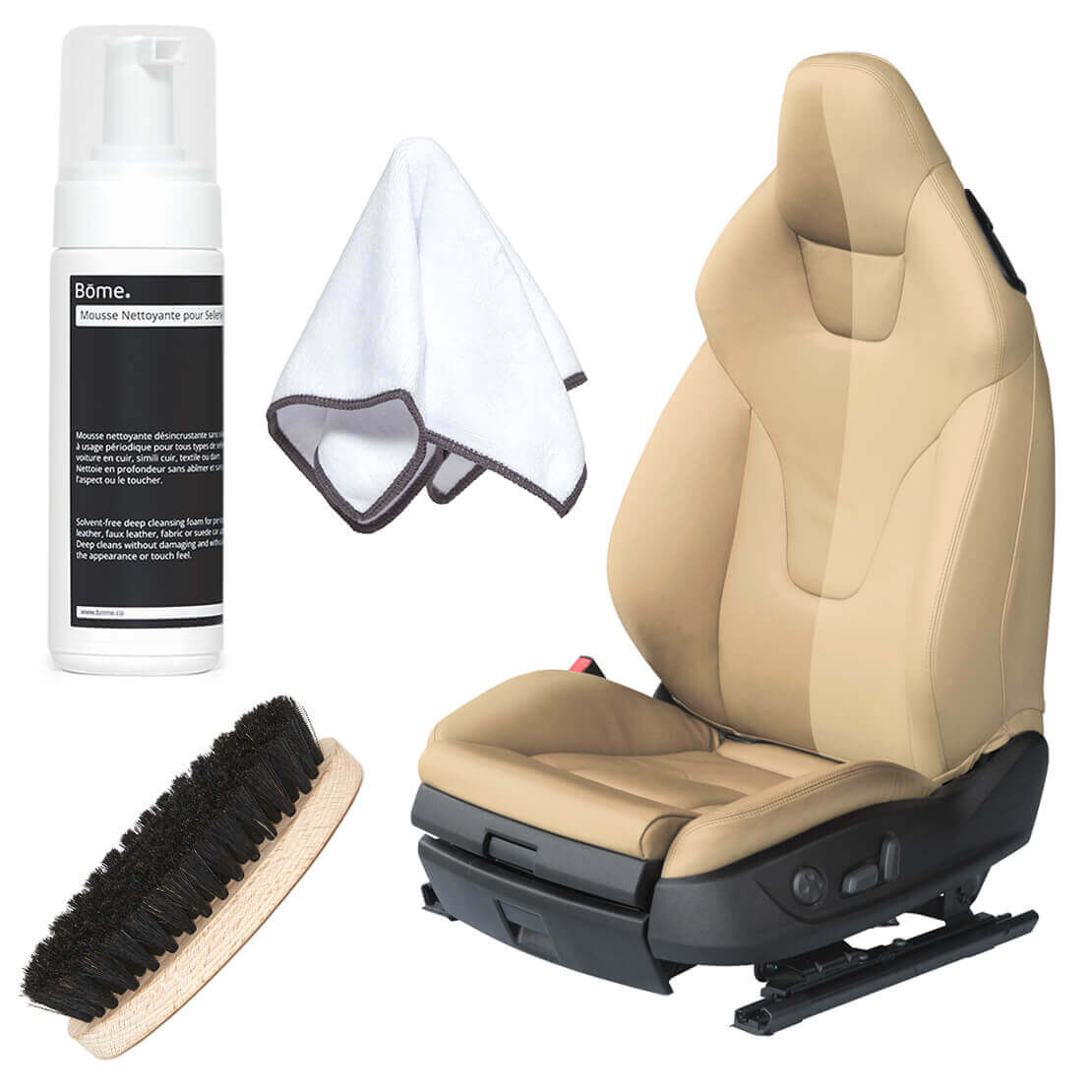
Renovate the color (Optional)
Whether it is a pigmented leather or a more natural finish, you can see color defects.
- In the case of pigmented leather, this means that the covering and pigmented film are damaged.
- In the case of natural leather, it is the leather itself that is discolored.
For both situations, you can correct the color with renovation milk.
In the case of pigmented leather, this milk does not allow you to repair the damaged material, it only allows you to color the uncovered surface to obtain a homogeneous color.
Using your polishing cloth, take a dab of renovation milk in the same color as your upholstery.
Apply this milk to the areas to be treated and massage the product into the leather.
When the leather is saturated, try to remove any product residues remaining on the surface using a clean part of the chamois and leave it to dry.
Caution: to ensure that there is no color transfer after the products have dried, you must absolutely integrate this operation between the cleaning and protection stages.
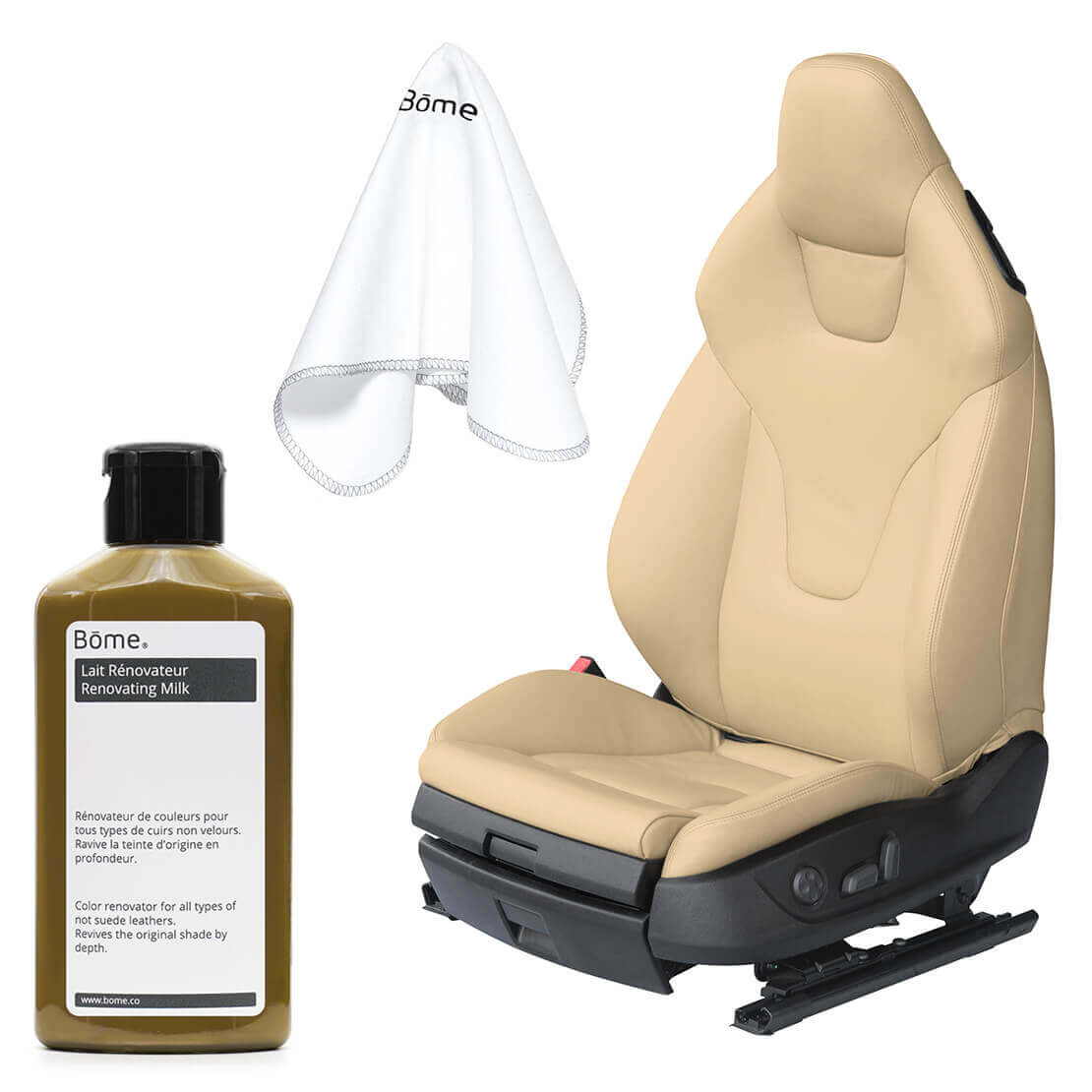
Protect
The protection allows :
- In the case of pigmented leather (which does not absorb or absorb very little) it leaves a light protective film. This allows stains not to become embedded and therefore to be removed more easily.
- In the case of leather with natural or aniline finishes (leather that absorbs), nourish it as you would a shoe polish and protect it by filling in the pores of the leather.
The difficulty here is to achieve these objectives without changing the new look that has just been restored through cleaning.
Take a small amount of protective gel with your polishing cloth and apply the product to the entire surface:
- In the case of pigmented leather, a small amount of product is sufficient, you only need to leave a light film on the surface.
- In the case of natural leather, you must saturate the leather and then wipe off any gel residue remaining on the surface.
If you have proceeded to a color renovation in the previous step, this product will allow you to remove the color that is not fixed on the material and thus avoid color transfers on your clothes.
This protection step must not modify the new look obtained during the cleaning phase. If you notice a difference, you have left too much protective gel on the surface. You must then use a clean part of the polishing cloth to wipe the surface treated with the protective gel a little more.
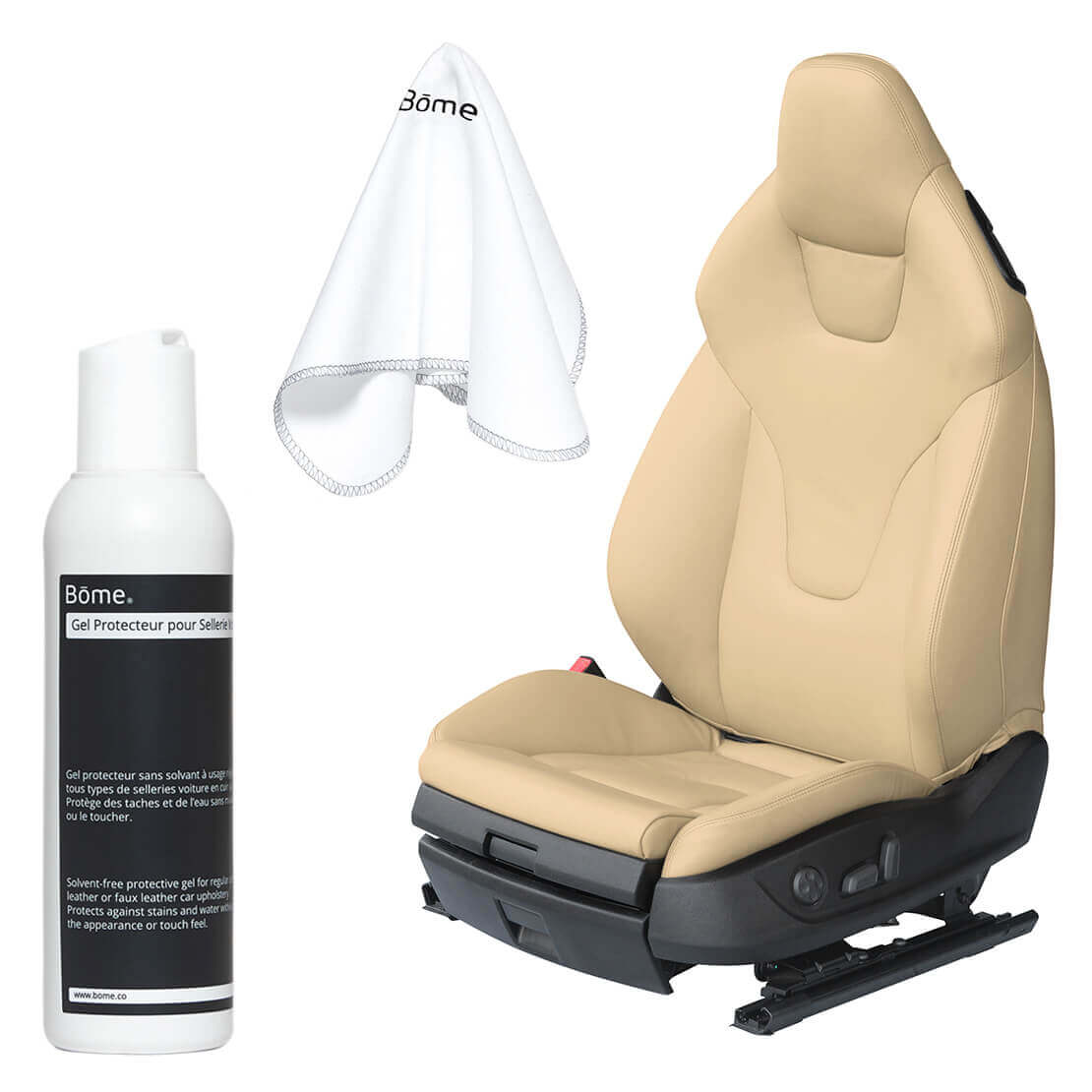
Results
You need to get leather that looks like exactly the same as a new one. If your leather was originally matte you need to recover that finish and the naturally soft feel of the leather.
All of these products have been designed to be used by as many people as possible without the risk of damaging your car's interior. By following our advice you can keep your leather interior clean and protected without having to change its look or feel.


